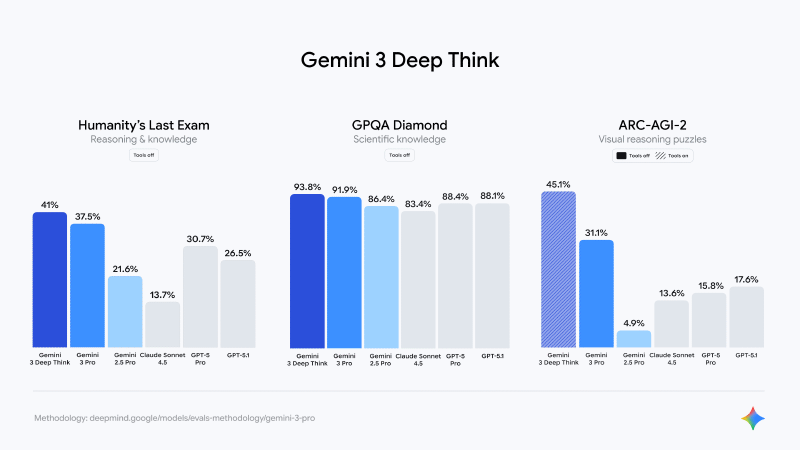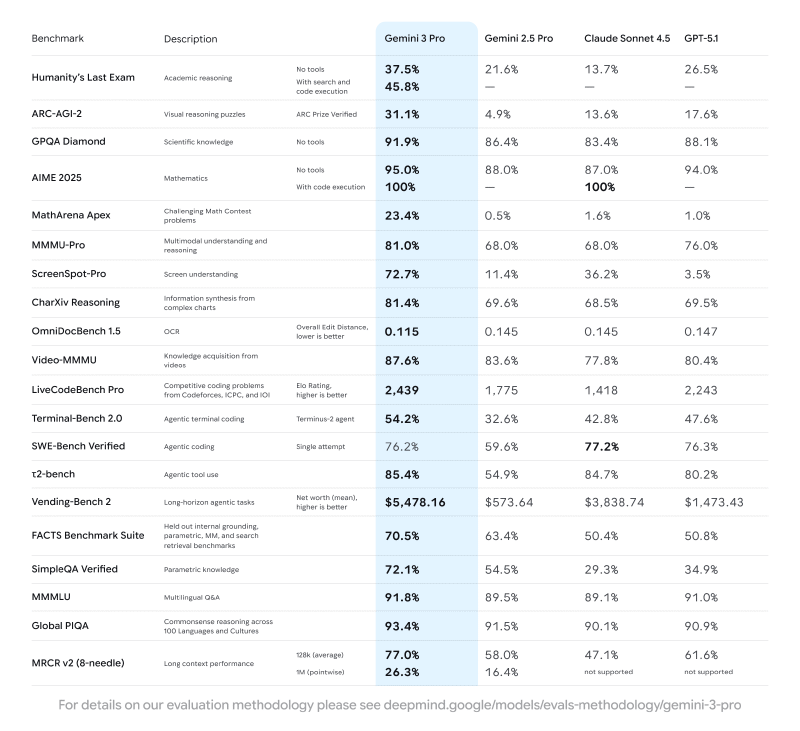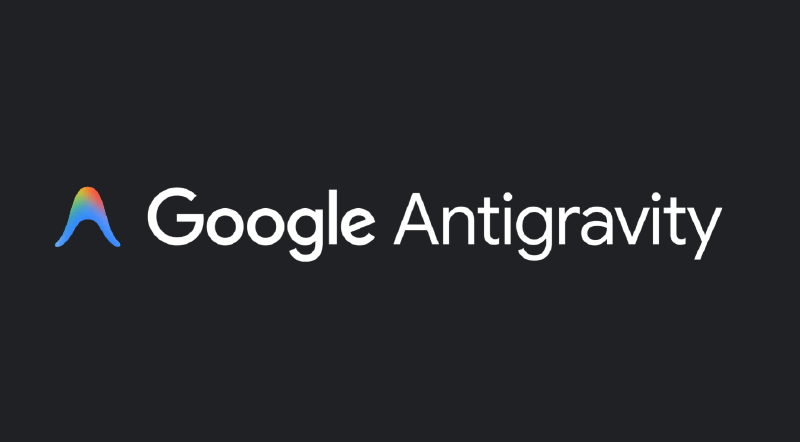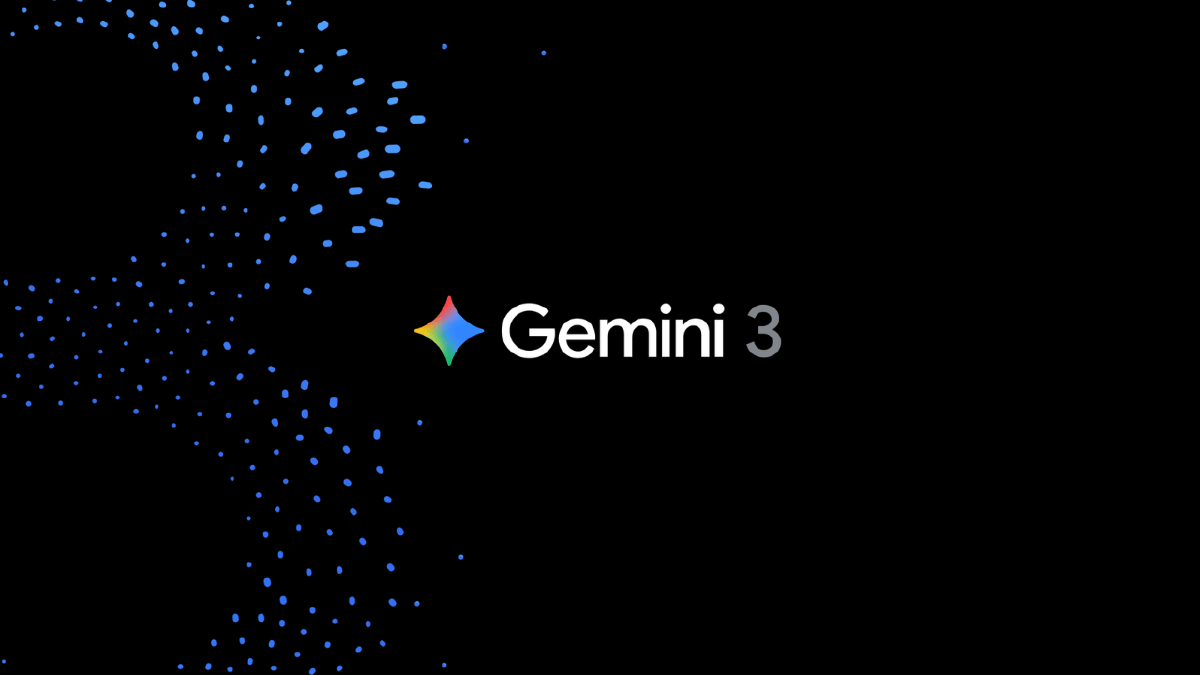The AI arms race is accelerating, and Google is stepping up with Gemini 3 — a new multimodal model designed to reason, code, and generate interactive outputs at a new level. In this post I summarize what Google announced, how the new capabilities differ from previous releases, and what developers and everyday users should expect from Gemini 3, Gemini 3 Pro, Gemini Agent, Gemini 3 Deep Think, and Antigravity.
TL;DR #
- Gemini 3 is the latest multimodal model from Google/DeepMind with improved reasoning, stronger code execution and integrated developer tooling. ✅
- Gemini 3 Pro and the “Deep Think” variant target more complex reasoning tasks (Deep Think is aimed at researchers and advanced subscribers). 💡
- Google introduced Antigravity — a multi-pane agent developer environment for autonomous coding agents. 🧩
- Gemini 3 is already integrated across Google products (Search/AI Mode, Gemini app) and rolling out to subscribers; it aims to power richer, interactive responses including graphs and clickable UI-like output. 🌐
What’s new — highlights #
Gemini 3 and its related services bring a few meaningful changes beyond raw model size or latency:
- Multimodal reasoning at scale: The model simultaneously handles text, images, and other media types with better reasoning. That’s more than perception — it’s analysis and multi-step answers that combine different formats.
- Deep Think mode: A variant called Gemini 3 Deep Think evaluates multiple hypotheses in parallel and chooses the best path — an approach designed for complex scientific and long-horizon planning. Deep Think will be available first to Google AI Ultra subscribers.
- Gemini Agent: Agent features are now part of Gemini’s public offering. Agents can perform multi-step tasks from inbox triage to travel booking. Agents pair with the app UI to perform workflows that feel more like a small task executor than a simple chat model.
- Antigravity: A developer platform for agent-driven code workflows. Antigravity offers multiple panes (editor, terminal, browser) where agents can write, run tests, and validate code — enabling more autonomous end-to-end developer workflows.
Benchmarks & performance #
Google shared benchmark scores that show Gemini 3 and its flavors outperform many of the previous public models in reasoning and tool-assisted tasks. A few notable metrics from Google’s release:
- Humanity’s Last Exam (reasoning): Gemini 3 Pro achieved a record 37.5 points under no tools. Gemini 3 Deep Think scored ~41% without tools — indicating a strong boost for complex reasoning.
- GPQA Diamond (scientific knowledge): Gemini 3 Pro, with no tools, scored ~91.9% — high performance on domain knowledge tasks.
- ARC-AGI-2 (visual reasoning + tools): Gemini 3 Deep Think scored 45.1% using tools in verified ARC Prize runs.

Gemini 3 Deep Think: highlighted comparisons on reasoning, scientific knowledge and visual reasoning tests.

Detailed benchmark table with scores across several evaluation suites.
Those public figures show two things: Google optimized for multi-step reasoning and also measured the model in agent/tool settings — not just static questions.
Note: Benchmarks are useful reference points but don’t capture every practical use-case. They show promising direction rather than final guarantees.
Antigravity — what it is and why it matters for developers #

Antigravity is Google’s new environment for building agent-powered developer tools. It aims to do more than generate code; it coordinates agent actions across the IDE, terminal, and browser so agents can:
- Scaffold a new app, run tests, and iterate on failures.
- Open tabs, install packages, and orchestrate a multi-step delivery pipeline.
- Validate results by executing test harnesses programmatically.
Antigravity can be thought of as an agent-first IDE (similar to Warp + agent extensions or Cursor-style workflows) that integrates Gemini’s code model and browser automation to assist during development. Early previews already show the platform supports Allied models (Sonnet 4.5, GPT-OSS), and works on Windows, macOS, and Linux.
Deep Think: parallel reasoning at scale #
What the Deep Think variant does differently is fairly straightforward: it runs parallel hypotheses internally, evaluating the best path before returning results. Google positions it for tasks that are research-heavy, multi-step, or expensive if done incorrectly (e.g., scientific audits, code reviews requiring multiple iterations, or complex planning).
- Use cases include scientific reasoning with charts and data, code synthesis with multi-phase verification, and long-horizon planning tasks.
- Access is limited initially to high-tier subscribers due to safety, compute, and monitoring needs.
How Gemini 3 fits into Google’s product map #
- Search and AI Mode: Expect deeper, interactive answers in Search — Gemini 3 can generate tables, charts, and visual layouts; for more complex queries, Google will route to higher-power models like Gemini 3 Pro.
- Gemini App: Gemini 3 Pro is the flagship available through Gemini immediately — and many users will notice more complex reasoning in day-to-day prompts.
- Vertex AI & APIs: Developers can integrate Gemini via Google APIs (Vertex AI) to build specialized models and agent-driven services for corporate or enterprise use.
Practical considerations and competition #
- Google introduced Gemini 3 shortly after OpenAI’s GPT-5.1 and within months of Anthropic’s Sonnet updates. The marketplace is getting crowded; competition is intensifying around capabilities (reasoning, agenting, tooling) rather than raw size alone.
- Ethical and safety checks will slow down aggressive rollouts (Deep Think’s staged release is an example). Large models with extended privileges will need more monitoring.
- Subscription & pricing: Advanced features like Deep Think are exclusive to higher-tier subscribers (e.g., Google AI Ultra). For teams, Vertex AI integration lets enterprises manage model access and governance.
Who should care? #
- Developers: Antigravity and Gemini Agent will change engineering workflows by enabling more automation in repetitive parts of coding and test execution.
- Researchers: Deep Think’s parallel-evaluation approach looks promising for scientific tasks that require structured hypothesis testing.
- Business users & searchers: Users will see richer, interactive answers in Search or the Gemini app for complex queries (like travel planning or data-driven research).
Final thoughts #
Gemini 3 represents a deliberate pivot from “large language model” demos to a genuinely integrated, multimodal reasoning platform with the tooling and interfaces developers need. The combination of higher reasoning ability, agent features, and Antigravity’s developer environment indicates Google’s strategy: move from foundational models to application-first agent tooling across their product suite.
Expect incremental rollouts, careful monitoring, and competitive pressure from OpenAI and Anthropic — but the arrival of Gemini 3 is an important moment in the evolution of large-model applications.

